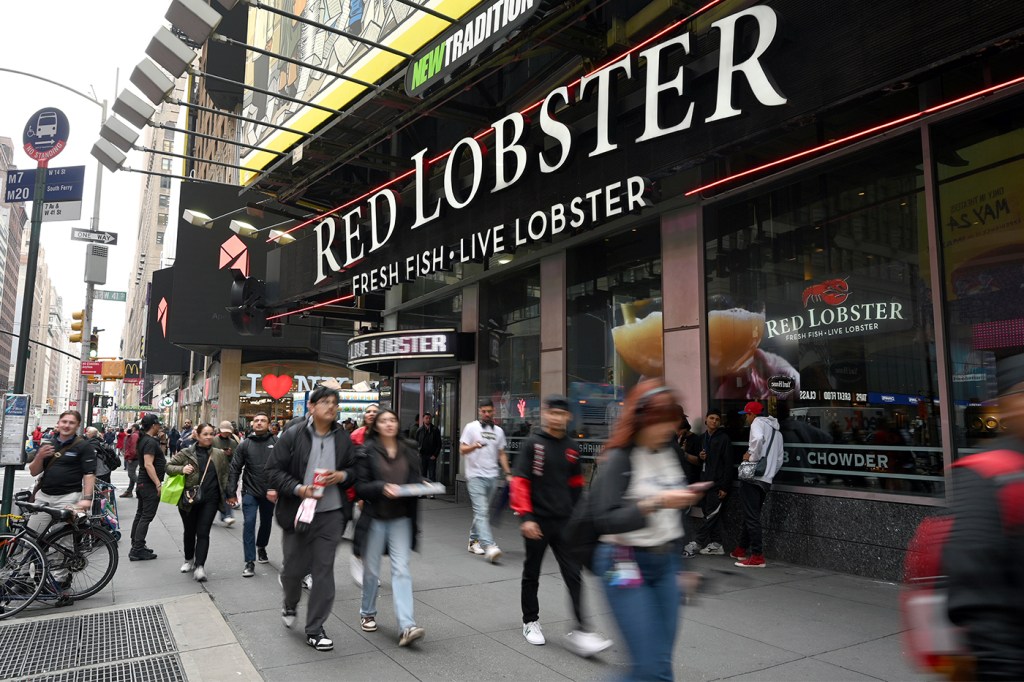Did the endless shrimp promotion really lead to Red Lobster’s demise?

The shrimp was endless, but Red Lobster was not as the casual dining seafood chain recently filed for bankruptcy.
And, according to its parent company’s CFO, all-you-can-eat shrimp was to blame.
But Northeastern University food supply-chain expert John Lowrey says blaming the restaurant’s endless shrimp promotion may be too simplistic.
Blaming parent company Thai Union — the chain’s sole shrimp supplier — might be more apt.
“You have a single supplier with a lot of power and they’re supplying all the shrimp, and they can also exert control on downstream demand via promotional activities,” says Lowrey, an assistant professor of supply chain and information management at Northeastern. “That’s very odd.”

Several factors contributed to Red Lobster’s decline, according to court filings, including inflation dampening customer demand and lease payments at above-market rates. The chain, which announced late Sunday that it was filing for bankruptcy, also had frequent turnover at the top.
But the endless shrimp promotion has dominated headlines.
Featured Posts
Lowrey said that shrimp was considered a “loss leader” for the chain — basically a product that executives knew they would lose money on, but one that they hoped would increase foot traffic and lead to other increased sales.
Lowrey noted a few problems with this strategy, however.
First, a restaurant has to find a precarious balance between the demand for the item, the loss that will be accrued and the likelihood that other sales will compensate for that loss.
That is a trickier balance than at, say, a grocery store that has hot dogs as a loss leader.
“When you’re buying hot dogs, you also need hot dog buns,” Lowrey says. Not to mention you need ketchup, mustard, relish, etc.
But Lowrey says a restaurant patron selects food differently.
“They know that they want the shrimp before they come. They get the shrimp, and they are satiated, and then they leave the restaurant,” Lowrey says. At “grocery stores, you’re coming in to purchase a basket of goods and you’re a lot more susceptible to impulse purchases and things that you forgot.”
Lowrey notes another problem with shrimp as a loss leader for Red Lobster — shrimp is a “critical item” for the restaurant chain.
“Shrimp is very critical in the sense that it goes into pastas, it goes into salads, it goes into main course entrees,” Lowrey said.
Moreover, that critical item came from a single supplier — Thai Union.
“It’s never a good case to have a single supply for a critical item because that allows the supplier to have a lot of power,” Lowrey says. “You probably want to have a multi-supply base and have that diversified geographically.”
Finally, Thai Union’s 49% stake in the company gave it even more power.
“The shrimp promotion, in essence, is tying their success supplying shrimp to the demand for shrimp,” Lowrey says. “They can pull both (supply and demand) levers.”
And that, well, in Red Lobster’s case, is a little fishy. In fact, the restaurant chain says it is now investigating Thai Union’s role in the endless shrimp decision-making.
“Maybe they’re using the shrimp scenario as the catch-all for the reason why they’re going into bankruptcy,” Lowrey says. “Ultimately, it’s very difficult to pinpoint or isolate what was the ‘straw-that-broke-the-camel’s-back,’ if you will.”











